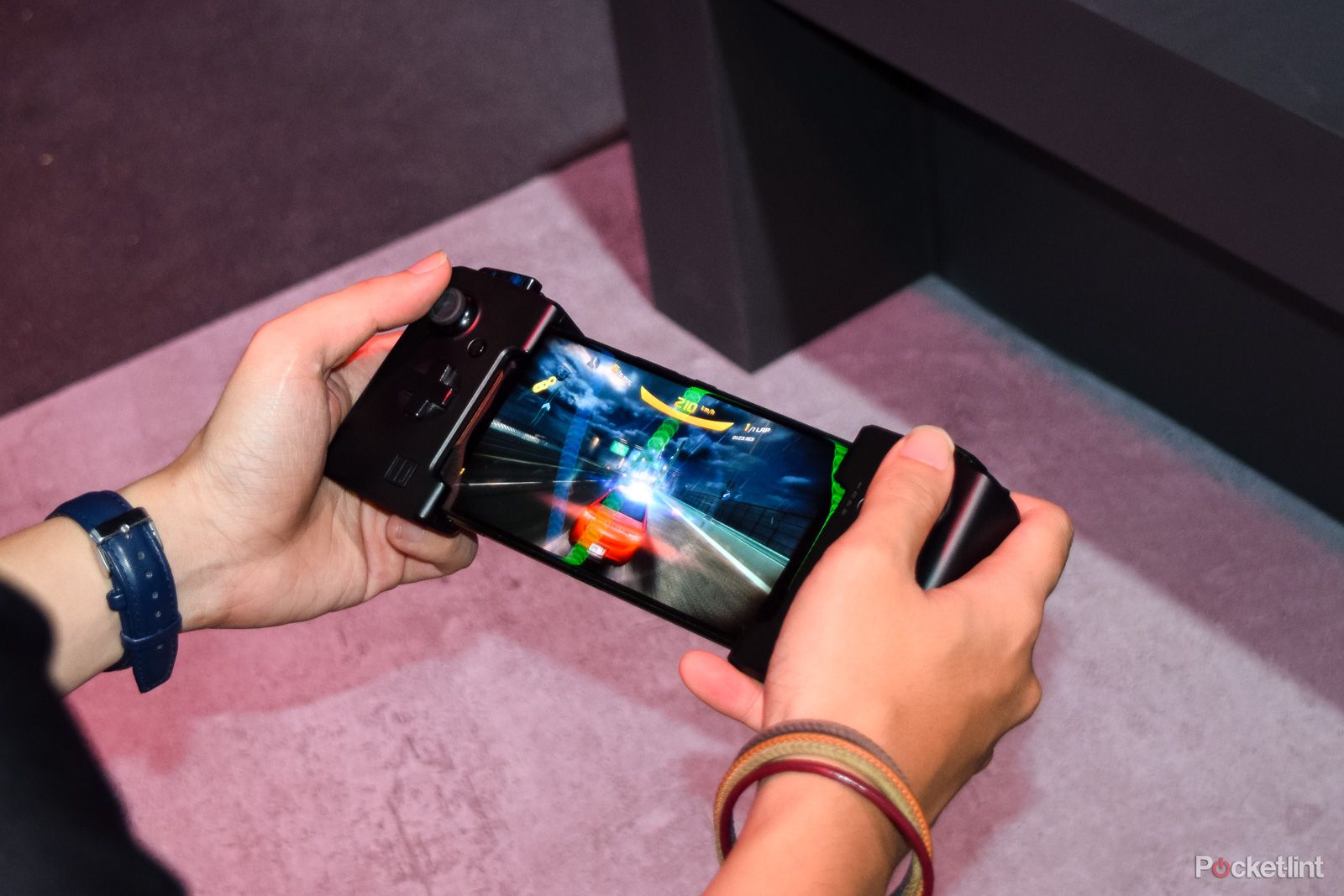Asus has confirmed via its ROG Weibo social media handle that it will be launching the second generation ROG phone soon, and that it'll feature an industry-leading 120Hz display.
ROG - or Republic of Gamers - is Asus' dedicated gaming arm, and prior to the first ROG phone was known for its PC graphics cards, monitors and a number of other gaming peripherals.
With the ROG Phone 2, Asus will build on the first model that was shown off little over 12 months ago at Computex 2018.
By having a 120Hz display, it will mean being able to play games at up to 120 frames per second, allowing for some very graphically intense titles, with super smooth animation.
One such title built by Tencent - the company behind breakout hit, PUBG - translates to "Under the One Man", but it promises that more popular games at 120Hz will be launching soon, and will take advantage of the fast refresh screen on the next Asus device.
Up until this point, the only phone with a 120Hz display has been the second generation Razer phone.
Like the ROG phone, Razer's is primarily targeted at gamers who want the best performance possible in the mobile gaming.
There are other brands, of course, like Black Shark and Red Magic, but mainstream phones from the likes of OnePlus and Honor have also seen advancements made with the aim of boosting gaming performance.
The OnePlus 7 Pro - for example - has a 90Hz display and liquid cooling, just like some other gaming-specific brands.
Honor and Huawei optimised its internal GPU performance with a feature called GPU Turbo in 2018, with an aim to keep consistent high frame rates and efficient performance.
The one advantage the ROG phone has over OnePlus and Huawei - at least among gamers - is that it's an established gaming brand, with a big following.
We don't know when the phone is going to be officially unveiled, but it's likely to come with the most powerful processor from Snapdragon when it does, as well as fast storage, plenty of RAM and advanced cooling.
Rumours are that Asus is going to launch in late 2019, others state July, but nothing has been confirmed so far.

